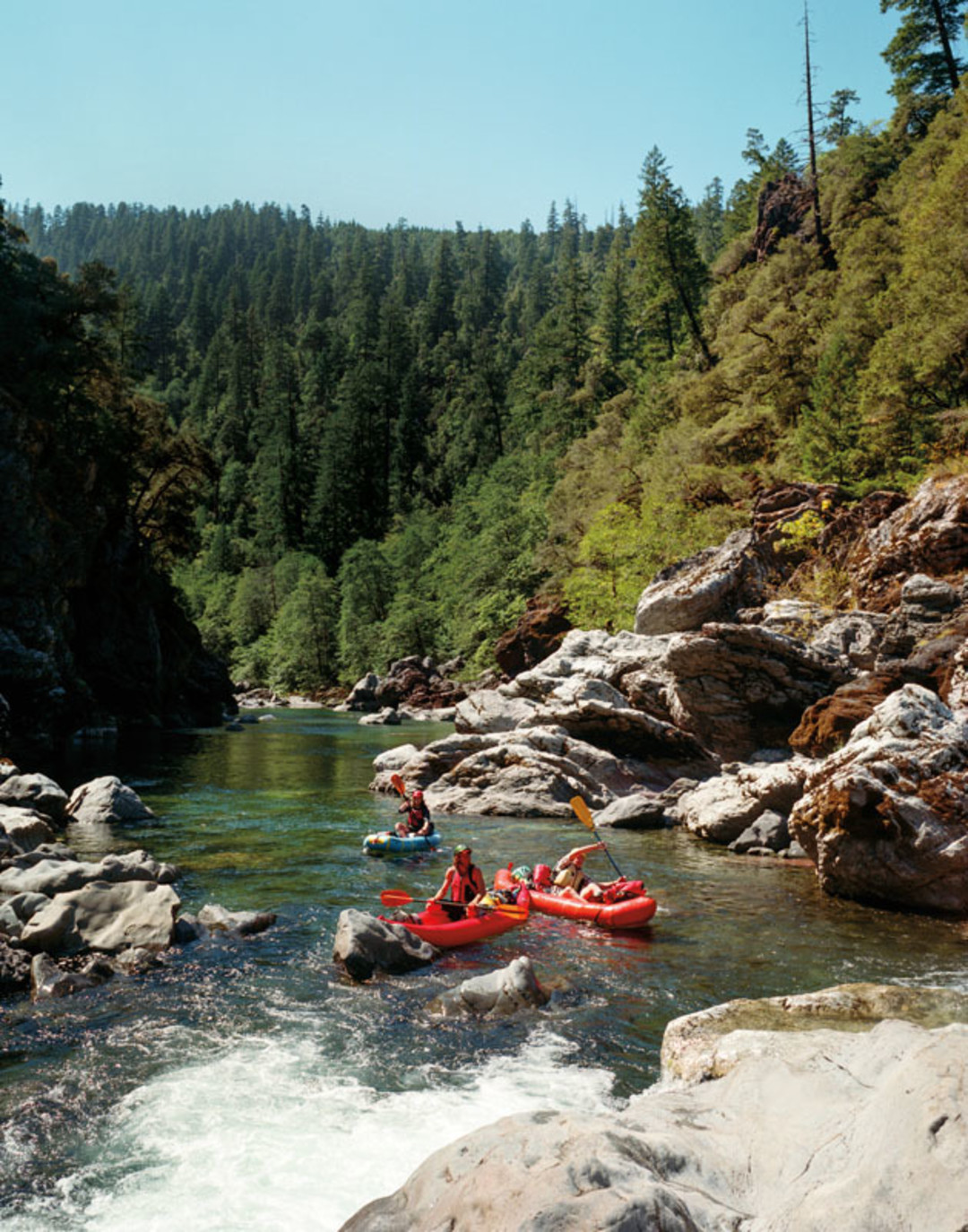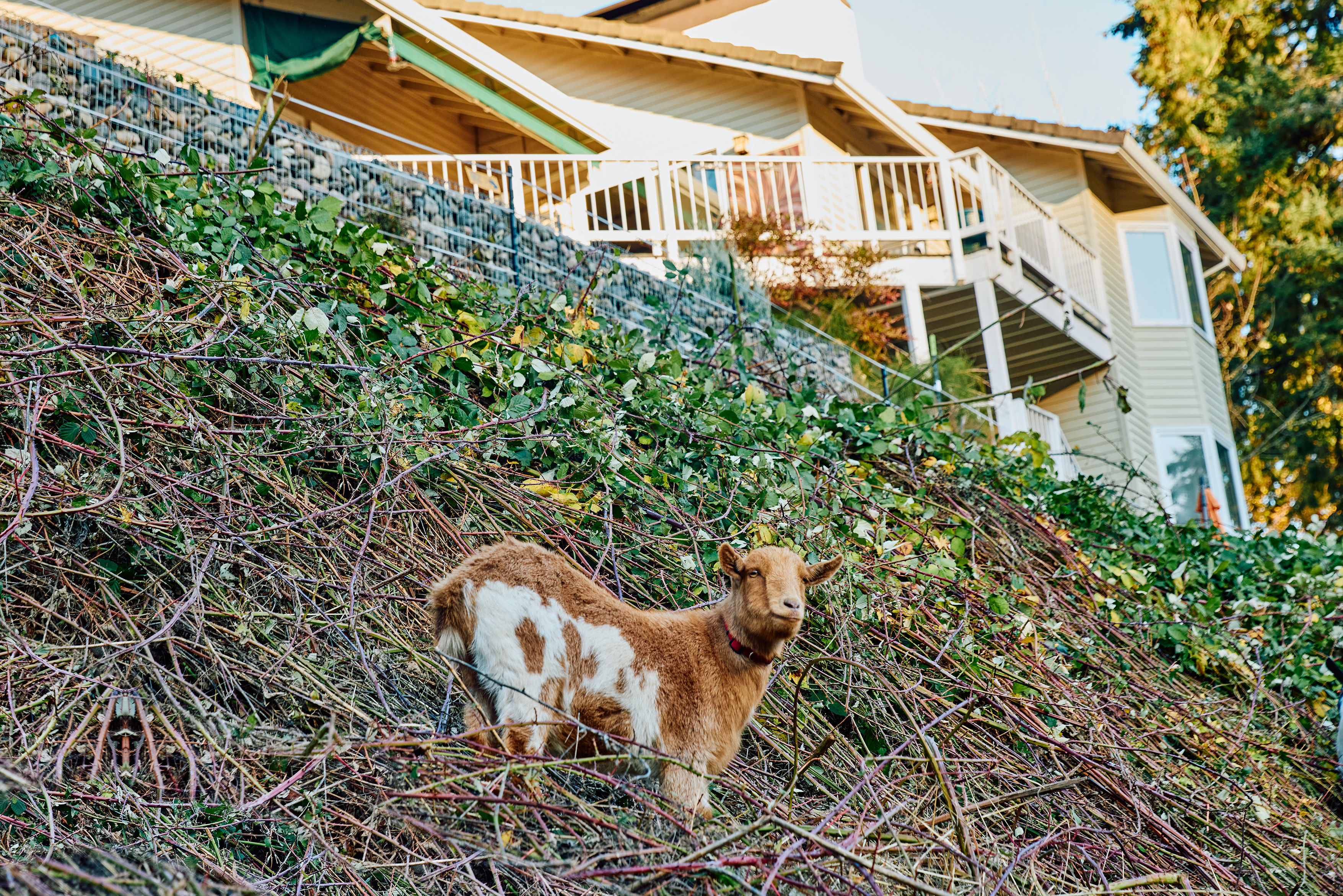Why the Kalmiopsis Wilderness Is the Most Magical Place on Earth

What if I told you there was a savage Wilderness, walking distance from the In-N-Out Burger in Redding, California? A rugged land of spectacular scale—in spite of the Louisiana Purchase, Lewis and Clark, Manifest Destiny, the Gold Rush, Kit Carson, Caterpillar, and a failure in 1964 to protect Bob Marshall’s vision for a whole and permanently viable Wilderness System?
In the 1930s, Marshall, director of the Forest Service’s Land and Recreation Department, proposed preserving the nation’s untrammelled wild landscapes. In ’64—50 years ago this month—Southern Oregon’s epic Kalmiopsis Wilderness became one of the first protected by the landmark Wilderness Act. The problem: only 76,900 acres of the 1 million Marshall envisioned made the list. In 1978, Jimmy Carter—thank you, Peanut Farmer!—expanded the Kalmiopsis to 179,000 acres. But the Kalmiopsis is still less than one-fifth its original proposed size, and only 194,000 acres of unprotected roadless areas remain. The water in that 194K is the most spiritually/physically/emotionally refreshing water ever created: the Holy Grail and the Fountain of Youth, tossed into a gorgeous ravine. There are other reasons to expand the Kalmiopisis, as environmental organizations desire: biodiversity, more types of trees than god, etc. But seriously, this is the reason you care: the most precious water in the world is literally under your feet.




